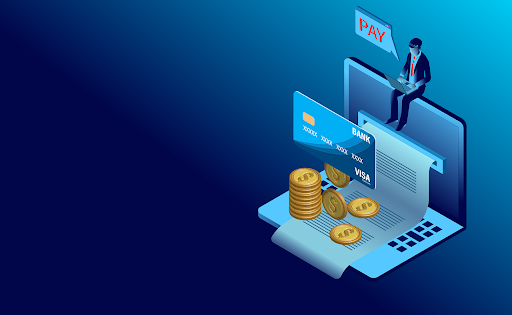In an ever more digital economy, being able to accept payments safely and efficiently is a vital requirement for all businesses. Payment gateways are the focal point of this process. While the term payment gateway is frequently used in relation to discussions on eCommerce and fintech, many business owners and even consumers themselves may not have a complete understanding of how they function or why they are so important.
What Are Payment Gateways?
A payment gateway-as the terms imply-is a technology that serves as a link between a customer’s method of payment and a merchant’s bank (or third party merchant service acquirer). In simpler terms, it operates like a virtual point-of-sale, allowing for transactions to be authorized and secure payment details to be shared.
Without payment gateways, it would not be possible to securely complete online transactions. They help encrypt information like credit card numbers, authorize funds and transfer money between the customer, merchant and financial institutions.
How Payment Gateways Work
The process of attempting to make a payment through a payment gateway generally isn’t complicated it consists of several steps:
Customer Check-In: A customer types in payment credentials in a site, app, or physical device.
Data Encryption: The gateway will encrypt the data to ensure the data is protected from fraud or theft.
Authorization Request – Transaction is sent to acquiring bank and card networks.
Approved or Denied: The issuer bank examines available funds and fraud indicators and returns an approval or denial message.
Transaction Processing: If approved, the funds are processed and scheduled to be deposited directly into the merchant’s account.
All of this is done typically in several seconds.
Types of Payment Gateways
There are three different types of payment gateways according to the business needs:
Hosted Gateways: This method sends the customer to the provider’s secure payment form. This provides the merchant with less compliance responsibility but can create a disjointed customer environment
Integrated Gateways: Payments are processed in-house via an Application Program Interface (API) or a plugin. This makes for a smoother user experience but at the same time demands stronger adherence to security standards.
Self-Hosted Solutions: Some large enterprises have their own self-hosted gateways that offer them maximum control but also maximum responsibility for security.
Key Features to Consider
When choosing between different payment gateways, there are various characteristics that tend to affect the decision for most businesses:
Security Standards: Adherence to PCI DSS and advanced fraud detection are a must.
Integration Capabilities: Integration with platforms such as Shopify, Magento, or WooCommerce can streamline the process.
Supported Payment Methods: A good gateway offers a variety of payment methods, including cards, electronic wallets, cash transfers, and alternative payment methods.
Settlement Timeframes: The time it takes for funds to be deposited into a merchant account can have an impact on cash flow.
Cross-Border Payments: Multi-currency support and competitive foreign exchange rates are key to international trade.
Technical Problems With Payment Gateways
While payment gateways make life easier, they are not without their set of issues:
Transaction fees, monthly fees, and hidden costs can quickly accumulate.
Technical Reliability: Downtime or sluggish processing can negatively impact sales and customer trust.
Regulatory Compliance: Regulations regarding payment processing vary between regions, and gateways must comply with those guidelines and merchants must be aware of them.
Fraud and Disputes: Despite the sophistication of various fraud prevention systems, businesses still face the risk of fraudulent transactions and chargebacks.
Understanding Payment Gateways in Today’s Commerce
As consumer behavior changes, payment gateways are only expanding into much more than authorizing card payments. Most have now embraced mobile payments, QR codes, open banking and even cryptocurrency transactions. These capabilities are increasingly becoming the centerpiece of delivering a seamless customer experience, reducing checkout friction, and making it possible for businesses to roll out across the globe.
In the next few years, advancements such as biometric authentication, real-time payments, and AI fraud prevention will continue to influence the role of payment gateways in our lives. “Organizations that identify these changes and implement a gateway matching their needs will be better suited to meet their customers effectively and securely.











































































